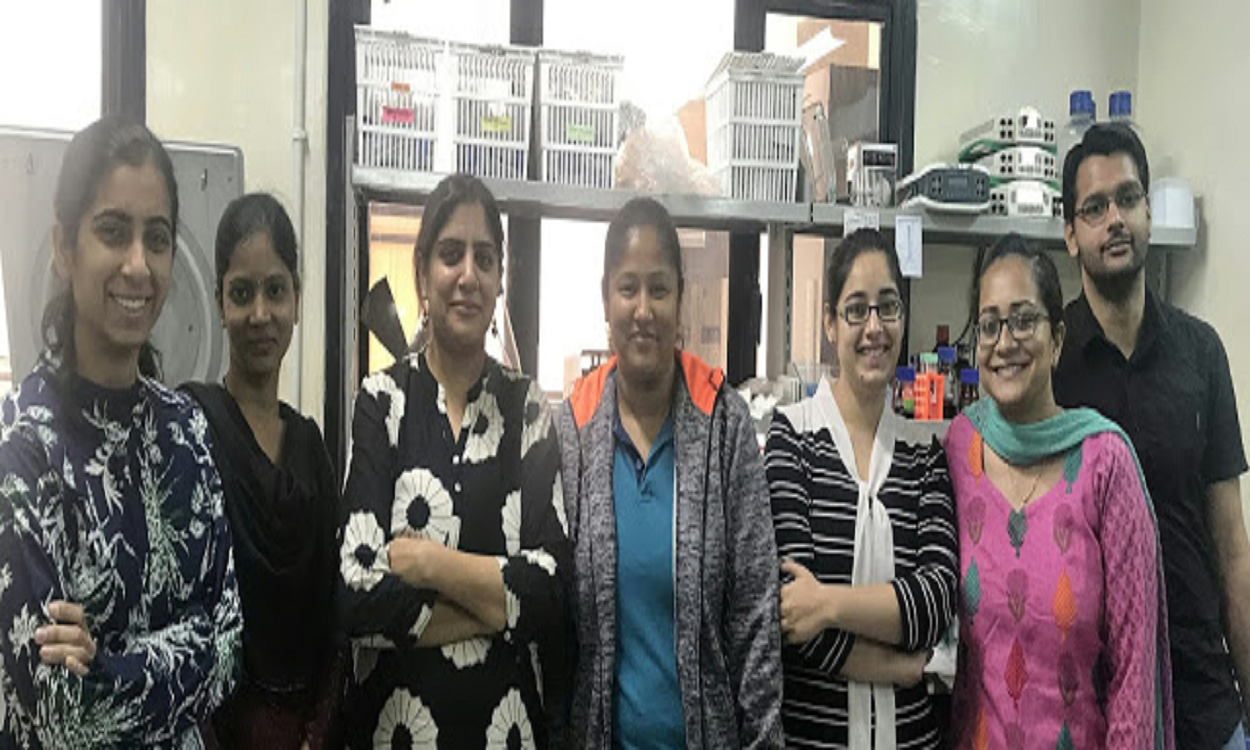
Pathogens like Salmonella have evolved several tactics to manipulate the activity of host proteins, all in an effort to create their intracellular replicative niche.
NOV 09, 2017 | BY RATNESHWAR THAKUR
Many disease-causing bacteria are insidious. They try to imitate or manipulate intracellular structures of human cells for their own growth and survival. Indian biologists are trying to decipher how these pathogens manipulate host cell proteins to survive and proliferate inside human cells.
Among the bacterial pathogens which use human proteins for thriving are- Mycobacterium tuberculosis which causes tuberculosis and Salmonella enterica typhimurium, the causative agent of typhoid and gastroenteritis.
A team led by Dr. Mahak Sharma at Indian Institute of Science Education and Research (IISER), Mohali has uncovered the mechanism of how Salmonella manages access to membranes and nutrients in human cells through structures (known as lysosomes) that hold a variety of proteins for its own growth and survival.
According to the study, pathogens have evolved several tactics to manipulate the activity of host proteins, all in an effort to create their intracellular replicative niche (also known as a vacuole). For example, M. tuberculosis arrests maturation of its vacuole to prevent its degradation while continuously acquiring iron and other nutrients from the host cell. On the other hand, Salmonella acquires both membrane and nutrients within a mature acidic vacuole. It avoids bactericidal host proteases (enzymes) by rerouting them out of the host cell as well as by forming an extensive network of membranes continuous with its vacuole that dilutes these proteases.
“Salmonella-containing vacuole (SCV) does not inhibit maturation of its vacuole but rather acquires several features of host lysosomes. Indeed, acidification of the vacuole is required for the production of virulence factors that in turn help Salmonella to acquire both membranes and nutrients from the host endosomes and lysosomes,” explained Dr. Amit Tuli.
Researchers say Salmonella secretes a protein known as SifA that recruits a host chemical, HOPS complex, to SCV membranes. Recruitment of HOPS complex is key step promoting docking and fusion of SCVs with host late endosomes and lysosomes. Blocking HOPS function prevents Salmonella replication inside its vacuolar niche, as it cuts off the supply of membranes and nutrients to the SCV.
“Based on our findings, we envision that small molecules or peptide-based inhibitors that specifically block the interaction of Salmonella protein SifA with host factors including HOPS complex can potentially prevent Salmonella replication and infection in the human host,” added Dr. Sharma.
The research team included – Aastha Sindhwani, Subhash B. Arya, Harmeet Kaur, Divya Jagga, Amit Tuli, Mahak Sharma. The results of the study have been published in journal PLOS Pathogens.
